The content of the article
Each caring mother who feeds her baby’s breast milk should inject healthy foods for the body into her diet. Properly made menu should consist of useful vitamins, trace elements and minerals. It is also important to ensure that these products do not cause allergies and colic in infants.
Calcium is considered an important element that a baby’s growing body needs. The lack of this trace element in breast milk of the mother can lead to the fact that the required amount of calcium will be replenished from the reserves of the skeletal system of the mother and her teeth. In order for a woman to have enough calcium in her body, you need to eat foods that contain this important element. The list of foods rich in useful calcium can be attributed to meat aspic.
What is part of the jelly?
The main ingredients that are part of a tasty jelly are animal bones and meat. Of these components is cooked delicious broth for aspic. The composition of the dish is better to put meat and bones of the animal, which the nursing mother usually adds to her daily diet.
During the preparation of jelly, it is better for nursing mothers not to use vegetables as ingredients, which may cause an allergic reaction in a child. This applies to carrots, onions and garlic. It is also important to remember that spicy onion and garlic juice can badly affect the properties of mother's breast milk and change its sweet taste. Therefore, these bitter foods should be carefully added to the broth during the preparation of aspic.
For example, it is better not to add black pepper at all to cold jelly because of its sharpness. You can put in the broth just one or two cloves of garlic, and salt a little. If the nursing mother has feelings about this, then you can completely abandon these ingredients. And cook jelly without garlic, onions and peppers, adding to its composition only useful ingredients: meat and bones. This jelly will bring maximum benefit to a weakened female body after childbirth.
The benefits of brawn for nursing mothers
The composition of the aspic consists of small pieces of meat and vegetable ingredients. Spices and seasonings are often added to flavor the jelly. However, breastfeeding is better not to do this. All these ingredients are poured with broth cooked on the bone. Long preparation of broth from meat promotes the release of natural gelatin from the bone. This component has a very beneficial effect on the health of a nursing woman. Strengthens joints and gives breast milk useful properties. The positive effect of gelatin on bone tissue and joints is very necessary for women in labor who were carrying a baby in their womb for nine months. After all, after giving birth, their body was subjected to strong physical exertion.
It is known that brawn has a beneficial effect on the work of the whole organism:
- As part of the jelly contains a lot of iron, which helps to restore the female body after childbirth.
- Also one of the components of jelly is glycine. It helps to normalize the metabolic processes of the female body and has a positive effect on the brain.
- Collagen helps to improve the structure of the hair, restores the skin, improves elasticity in the muscle tissue.
- Mucopolysaccharides help women in labor to strengthen bones, cartilage and joints.
- Fats contained in brawn, promote the activation of mental abilities and produce more energy in the body.
- And amino acids in general have a beneficial effect on the general condition of the whole body of a woman during breastfeeding.
Thanks to all these beneficial components, the body of a woman who has given birth is able to recover much faster. That is why brawn must certainly be present in the diet of a nursing mother.
Is there any harm from brawn with GW?
It is important to remember that even in spite of the simple ingredients contained in the aspic, nursing women should also be wary of this dish.
- Negative reaction can be provoked by too fat broth, which is boiled on the basis of fatty meat varieties. Excess polysaturated fats, which can get into the mother's milk, can cause increased gas formation and colic in the child.
- Carrots can also have a negative effect on the digestive system of the baby. If a nursing mother has not previously introduced this product into her diet, then adding it to the jelly immediately is not recommended. Due to the addition of spiced onions or garlic to the jelly, mother's milk can change the taste and the child does not want to drink it. To prevent the mother’s milk from becoming bitter in taste, do not abuse the sharp foods. In addition, the active substances in onions and garlic can cause allergies in the infant, as well as provoke strong colic in infants.
- Great danger to the health of the child is played by sauces, which are often seasoned aspic. Experts do not recommend that mothers add spicy horseradish or mustard to the jelly to give spiciness to the dish. They can also affect the taste of milk and cause allergies to the baby.
Features of the use of jelly with HB
If a nursing woman has decided to introduce jelly in her diet, it is best to eat only a dish cooked at home. For cooking it is better to take ingredients from fresh and high-quality products. Do not eat jelly, purchased in the store. It may contain harmful seasonings, impurities and preservatives.
Nursing mothers better cooked aspic from the usual type of meat for her. As a basis it is better to take lean meat of animals. It can be calf, turkey, beef or chicken meat. Some even cook jelly on a lean part of pork, without a layer of fat. As a natural gelatin, you also need to use the bones and cartilage of these animals. However, it is important to accustom your child to healthy low-fat broths in advance so that the new jelly dish does not cause problems with the baby’s digestion.
Add jelly to the diet of the mother need not immediately. It is better to do this gradually, being careful. For the first time it is enough to eat a small portion of meat delicacy, about 50 grams of brawn. Eating brawn is better in the morning.In this case, the woman will be able to determine the reaction of the child’s organism to a new dish in her diet. It is necessary to observe the state of the child’s body for several days.
In case the child feels discomfort from the new product, it is better for the nursing woman to wait a while with the introduction of brawn into their diet. However, if the body of the crumbs reacted quite normally to jellied meat, then the amount of food eaten can be increased. For example, you can eat up to 200 grams of brawn per day, but you should not eat more than 500 grams throughout the week. After all, excess food eaten can lead to negative consequences. If you do not abuse the food eaten, then jelly can have a positive impact on the health of the baby and mother during lactation.
Video: how to cook delicious transparent jelly

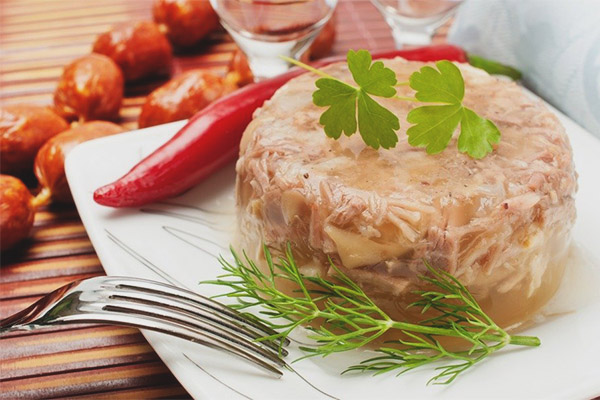
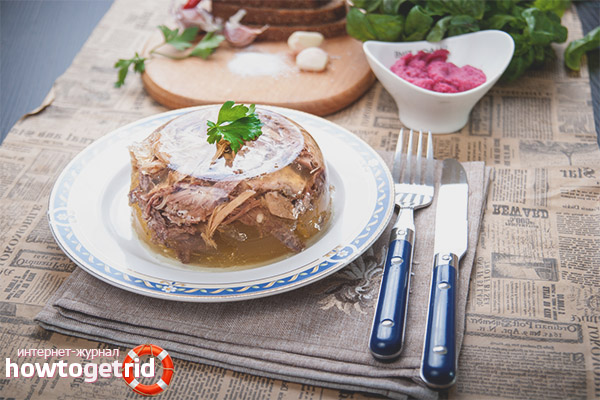
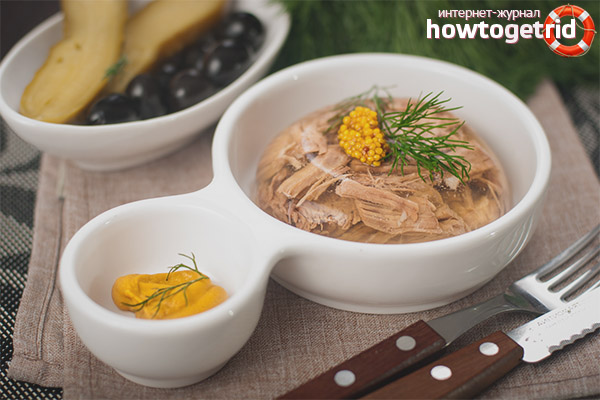

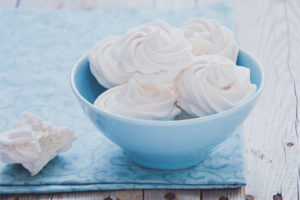
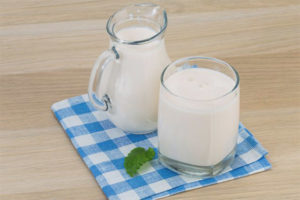

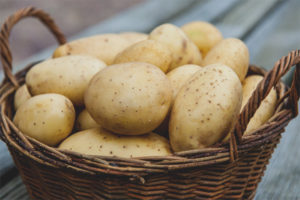
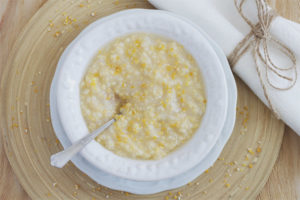
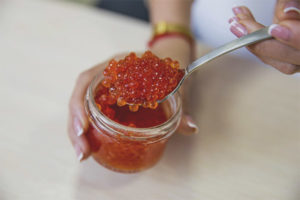
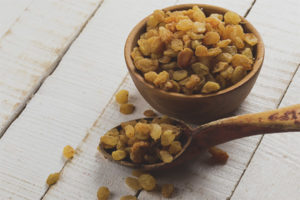
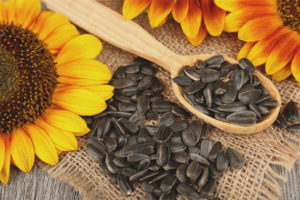
To send